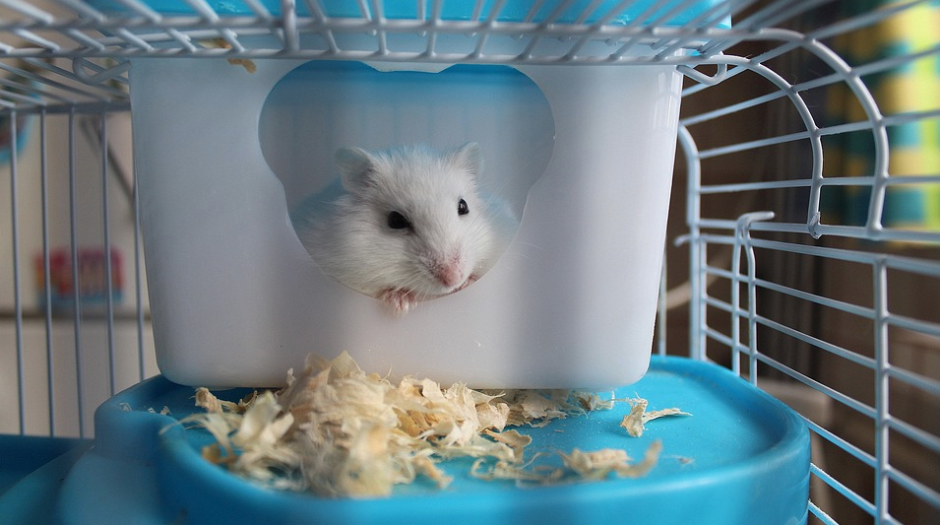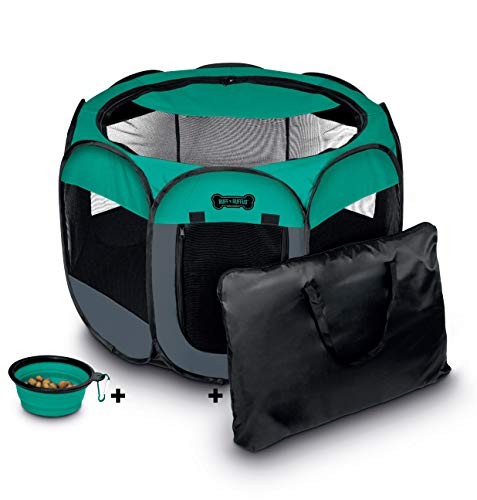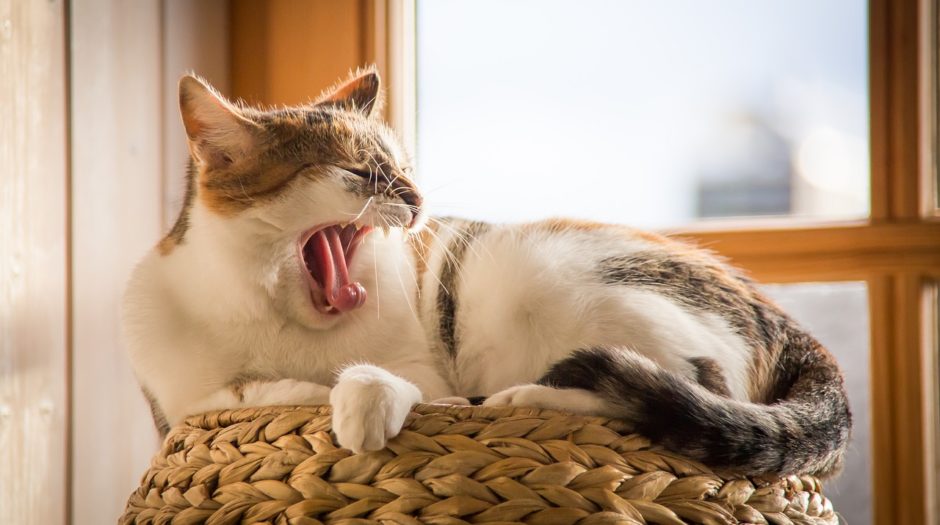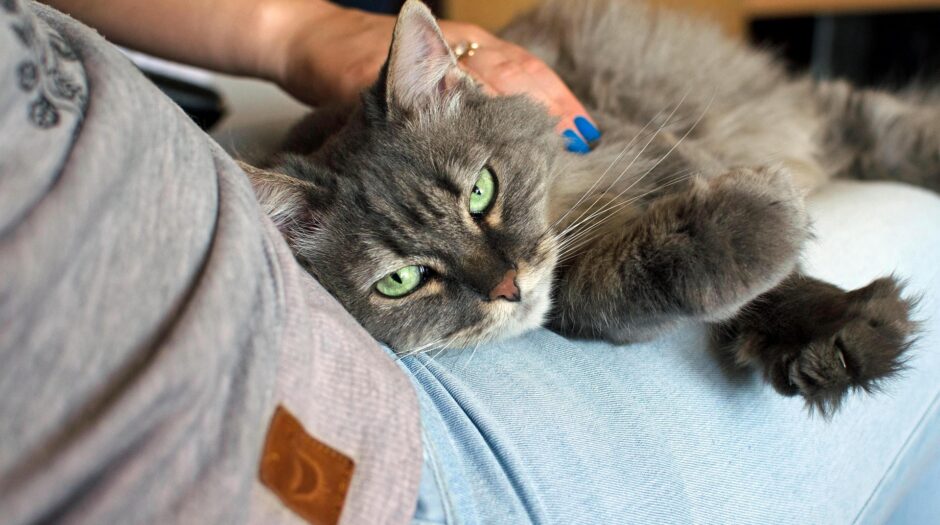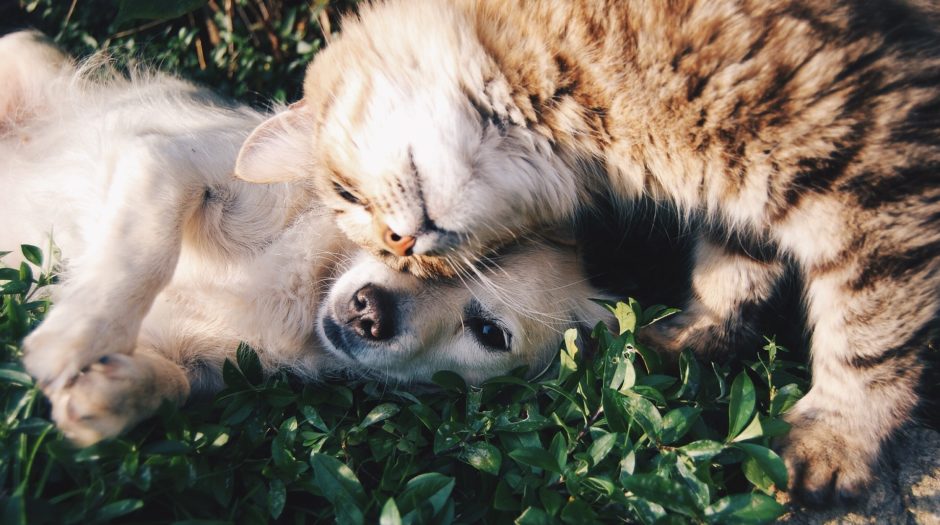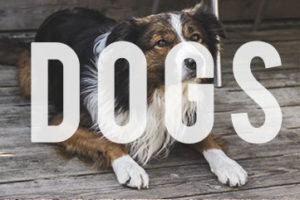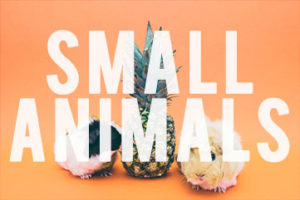How to Travel Safely With Your Small Pet in a Car
Travelling can be stressful for both you and your pet. If you take the time to plan and properly care for your pet you will hopefully have a fun, low stress journey.
*If you have the option, it is always better to leave your pet at home and get a family member, friend, or pet sitter to take care of them when you’re gone (Especially if it will be a long drive).
Preparing For Long-Distance Drives
Before you leave for a trip you will need to prepare. For all small animals plan ahead and research some pet friendly hotels, restaurants, vets, and other stops you may make on your journey. If your pet needs any certain medications make sure you have made a prescription beforehand. It might be a good idea to schedule a pre-trip checkup with the vet. Make sure you label their carrier with your name and other contact information.
- Set up their travel cage days in advance.
If you have a gerbils, mice, or a hamster put in bedding from their current enclosure so that they already have their scent there. You will need to put some sort of light weight plastic hut inside. Make sure it is not made of a heavy material such as ceramic or glass because if there are and sudden movements along the way it could go flying and injure them. - Get them used to the cage (a few days in advance).
Put your small pet into the travel cage for a few minutes each day before you leave. This will cause less stress because they would have already been introduced to the cage. - Practice going on a car ride.
After you have allowed your pet to get used to their travel cage take them on a few short drives. You can either put the cage on the floor or buckled into a seat. Start with short drives, especially if your pet has never been in the car before. Then gradually work up to longer trips (30 mins) so they can get used to the carrier and the sensation of a moving car. - Plan for emergencies.
Call your veterinarian. You can also research vets nearby to where you are staying. Create some sort of emergency plan in case you may need to send your pet back home or something goes wrong.
The Day You Leave…
Ensure that you have everything they need.
Do NOT put their water bottle or wheel in the cage when on the move. The rattling of the car will just cause a mess. Still bring the water bottle for whenever you stop. For an animal such as a hamster, gerbil, or mouse bring a few slices of cucumber. Place one of them in the travel cage and replace when needed along the way. Cucumbers are a great source of water. Make sure you have enough food and bedding (bring extra). It’s also a good idea to bring cleaning supplies.
Make sure your pet is comfortable.
Make sure that you have everything you need in the cage. For hamsters, gerbils, and mice scatter food around the cage for them to discover later. For guinea pigs and rabbits put a fleece pad, towel, or puppy pad at the bottom of the carrier (bring back ups) and a serving of vegetables (optional->toilet paper tube with hay). You can also give them pellets. Put your pet in the carrier a little bit before you leave. Also make sure that the carrier is big enough for your pet to lay down in their natural position without touching the sides.
During the Drive
Driving with small pets requires monitoring.
- NEVER leave your pet unattended in the car (even with windows cracked open)
- Strap their cage in using a seat belt/secure it in someway
- Keep your pet out of direct sunlight.
- Provide water from their water bottles when taking breaks (at least once every 1-2 hours)
- Make sure their cage is clean during the journey
- Keep them at a comfortable temperature/climate
- Don’t put the cage on your lap or in the passenger seat while driving
- Pet waste should be disposed of
- Recommended to use hand sanitizer before and after handling
- Keep extra food, bedding, cucumbers (optional), and their water bottle handy
Arriving at Destination
When you get to your final destination/stopping at a hotel set up their cage. Attach the water bottle back on and if you brought a food bowl put some food inside. If you didn’t bring one then put food somewhere accessible. For hamsters gerbils and mice feel free to scatter feed. Give your guinea pigs/rabbits hay as well. It might be a good idea to spot clean and discard any waste. Some people might have brought another cage, if so feel free to set that up at your destination.
Choosing Travel Cages/Carriers for Hamsters, Gerbils and Mice
Many cages advertised as “starter kits/cages” are way too small for an everyday enclosure but are perfect for a travel cage. Just make sure it is single level and you can remove the wheel and water bottle when in the car.
- Durable, safe, and comfortable hamster house
- Hamster cage comes with hamster hideout to satisfy a hamster’s natural need to explore and hide
- Easy to clean and designed to provide excellent air circulation
Pros
- Provides space for a hut
- Pet can move around
- Bars allow ventilation
- Good for any distance trips
Cons
- No handles
- Rectangular Kritter Keepers have self-locking lids with hinged viewer/ feeder windows
- The mini, small and medium sizes have carrying handles for easy transport
- Kritter Keepers have well-ventilated lids in assorted colors
Pros
- Self locking lid
- Handles for easy transport
- Variety of colours to choose from
- Different sizes to choose from
Cons
- Hard to gently open the lid
- Will need a bigger cage when arriving at destination
- Size
- Carriers designed to take the risk out of small pet travel
- Well ventilated; Creates an airy and comfortable environment
- Equipped with ridged, non slip floors
Pros
- Easy to carry-> has handles
- Durable (chew resistance plastic)
- Well ventilated
- Rigid, non-slip floors
- Secure lock system
Cons
- Not good for longer trips
- Hard to assemble
- Not meant for Syrian hamsters
Choosing Travel Cages/Carriers for Guinea Pigs, Rabbits, Ferrets, Cats and Small Dogs
Guinea pig and rabbit cages do not need to be made specifically for them. Often cat or small dog carriers will work fine for all smaller animals. Just make sure it is big enough for them to turn around, lie down, and move around a little bit.
- Hard sided pet carrier for transporting a dog or cat to the vet or general travel
- Includes a carrier made of plastic with steel wire doors and screws that keep the top and bottom securely attached
- 2 doors for front and top entry promote easy access and loading of pets
Pros
- Durable plastic
- Handle for easy transport
- Good ventilation
- Secure and easy access to pet
Cons
- Only one small animal can fit comfortably
- Perfect for traveling in style and comfort by plane or car, for an adventure or just a trip to the vet
- Patented spring wire frame allows the rear end of the carrier to be pushed down several inches to conform to under-seat requirements
- Locking zippers for safety and mesh windows for ventilation
Pros
- Comes in multiple colours
- Good ventilation
- Interior is accessible from top and side
- Airline approved carrier
- Carrying strap for easy transport
- Machine washable
Cons
- Only for a single small animal
Great Portable Small Animal Cage for the Hotel:
- ★ Available in 3 Sizes Medium (29x29x17 inches Dogs up To 10LBS) Large (36x36x23 inches Dogs Up To 25 Lbs ) Extra Large (48x48x23.5 inches Dogs 50+ LBS
- ★ BONUS INCLUDED! The Portable Pet Play Pen comes along with a convenient carry case and a collapsible 16 oz. food bowl. Ideal for Travel.
- ★ SUPERIOR DESIGN Roomy 8-Panel design with protected seams and reinforced corners. Made from durable water-resistant materials. Removable zippered top can be removed easily removed for indoor use & closed for outdoor use to provide shade. Zippered door provides easy in/out access for your pet. Close the door to keep your pet safely inside.
This cage folds up and assembles easily. Terrific for guinea pigs, ferrets and rabbits, not suitable for the “chewers” in the small animal world (hamsters, gerbils, mice, etc).
… We hope you got some ideas from this article and you and you pet a safe and happy trip.

